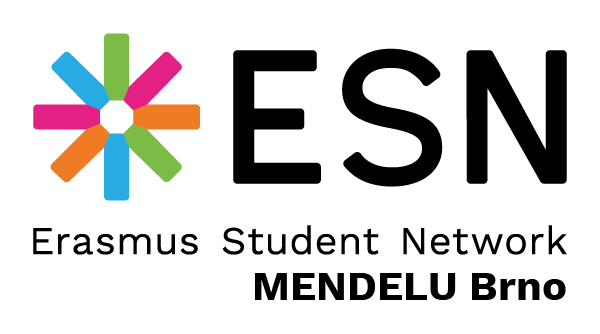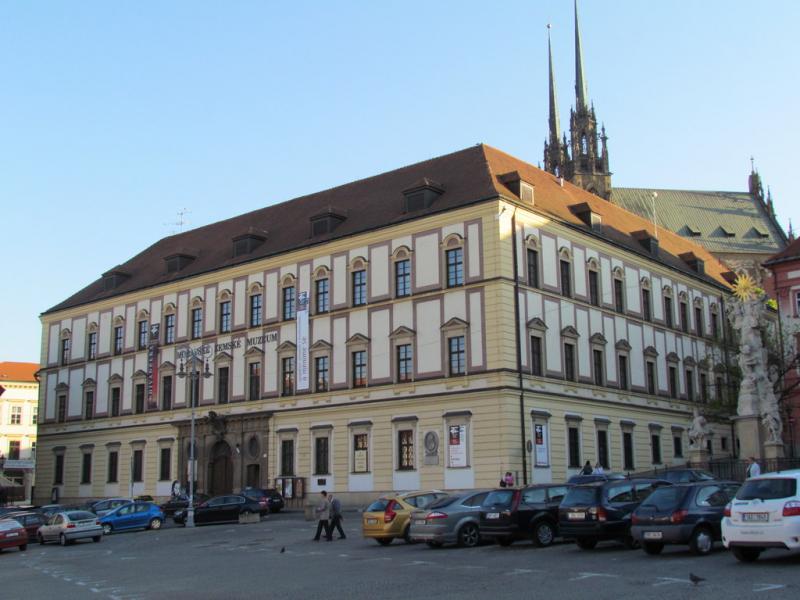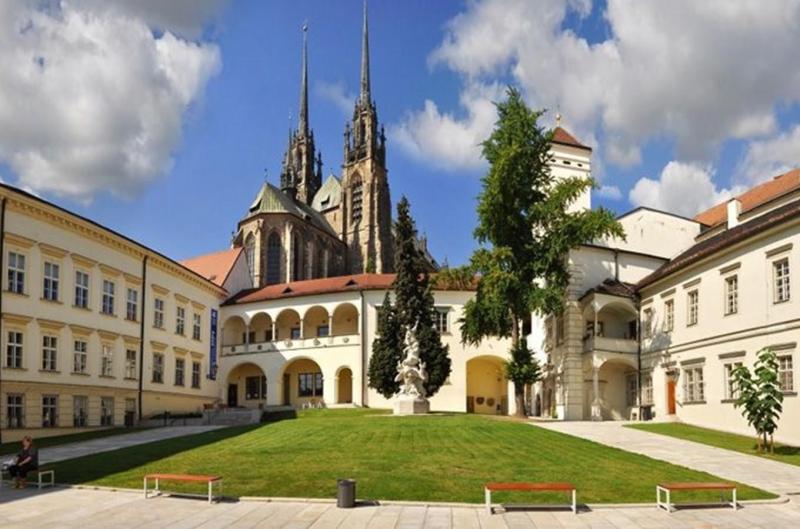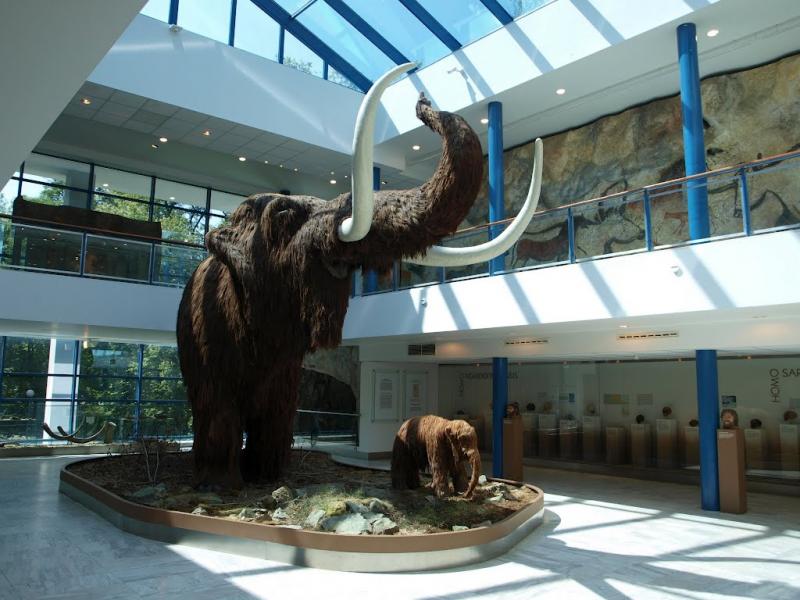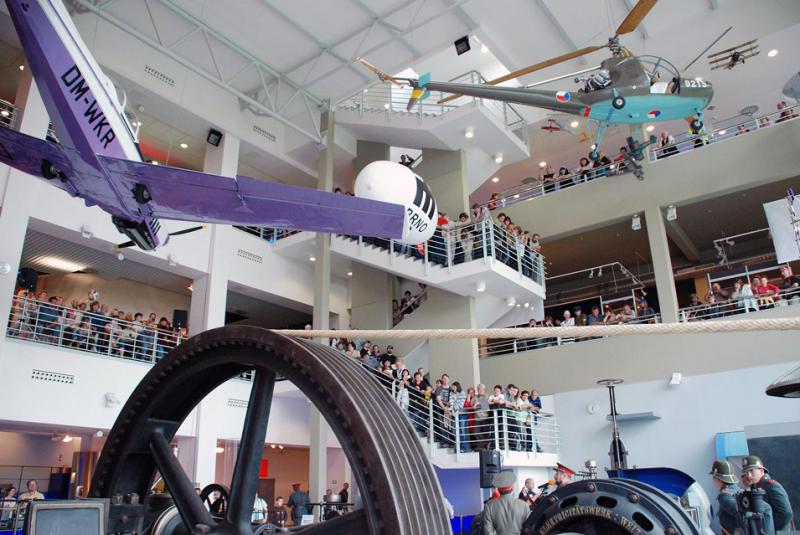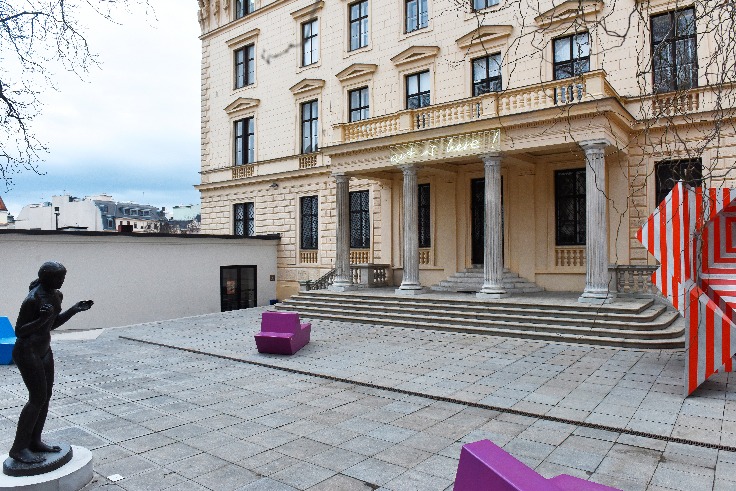Moravian Museum
It is the second largest and second oldest museum institution in the Czech Republic.
The Moravian Museum is also the most significant and oldest in Moravia. It was founded in Brno in 1817 by a decree of Emperor Francis I as the Franciscan Museum. It is currently a contributory organization of the Ministry of Culture of the Czech Republic and a member of the Association of Museums and Galleries of the Czech Republic. Its collections include over six million objects from various natural sciences and social sciences. The most famous exhibits include the Venus of Věstonice. The Moravian Museum includes several individual buildings such as the Dietrichstein Palace, the Bishop's Courtyard, the Mendelianum, the Palace of Noble Ladies, the Anthropos Pavilion, the Leoš Janáček Memorial and the Jiří Gruša House.
Dietrichstein Palace
The Dietrichstein Palace at the Cabbage Market in Brno occupies an essential place in Baroque architecture in Moravia. It was built in the years 1614-1618 as one of the family residences. During the Czech uprising in 1620, the representative building hosted Friedrich Falcký, the "Winter King", and in 1748, Empress Maria Theresa. In October 1805, the Russian military leader M. I. Kutuzov stayed in the Dietrichstein Palace, according to a memorial plaque.
Today's permanent exhibitions of the museum are Prehistory of Moravia, Extinct life in Moravia, Great Moravia, Moravia in Middle Ages, Moravia in the 20th century, World of Minerals and Professor Karel Absolon Memorial.
The Bishop's Courtyard
This diverse set of buildings, enclosing a park-like courtyard on three sides, is located in the historic part of Brno, below the Cathedral of St. Peter and Paul. The originally Gothic building of the rectory of the Brno Chapter was bought in 1588 by the Bishop of Olomouc Stanislav Pavlovský and thoroughly rebuilt for the new owner by the Italian builder Antonio Gabri.
This building includes exhibitions such as Fauna of Moravia and Aquarium with freshwater fishes.
The Anthropos Pavilion
The tradition of the current Anthropos Pavilion has its roots in the period of the First Czechoslovak Republic. At that time, thanks to the extraordinary efforts of the leading Czech researcher, prof. Karel Absolon managed to gather an unprecedented number of finds from the earliest periods of human history in a special pavilion, "Man and his family", at today's exhibition centre as part of an exhibition of contemporary culture in 1928. This exhibition disappeared due to the events of II. world war. In the post-war period, the anthropologist prof. Dr. Jan Jelinek, DrSc continued the original tradition and theme of the museum. The construction of the Anthropos Pavilion was completed in 1962. In 2003, the building was closed, and a general reconstruction began. In 2006, the Anthropos Pavilion was reopened to the public in a modernized and substantially expanded form.
This museum is one of the most prominent and most excellent museums in Brno. The permanent exhibition of the Anthropos Pavilion on the oldest history of settlement in Moravia and the entire European continent is made up of units created by leading domestic scientists - Moravian Hunters and Gatherers, Europe's Oldest Art and Paleolithic Technologies. In the second part, the visitor will find current knowledge from the research of human evolution and the beginnings of its culture - Genetics in human development, The story of the human race, supplemented by a presentation of the behaviour and life of the closest creatures - primates. The biggest attraction of this museum is the life-size mammoth and cave paintings.
Technical Museum in Brno
The largest technical museum in Moravia is located in Králové Pole.
The direct predecessor of the Technical Museum in Brno was the Archive for the History of Industry, Trade and Technical Work, which was founded in 1936.
In the permanent exhibitions, visitors will learn interesting facts about, for example, hardware and iron production, time machines, cutlery, mechanical music or, for example, considerable steam or water engines. Permanent exhibitions complement short-term exhibitions. All age categories will be interested in the Technical Game Room, which introduces various laws of physics and their technical applications in an entertaining, interactive way. The museum also has a craft-technical workshop, which supports technical education for children in the form of workshops and offers programs focused on traditional craft techniques. During the year, the institution organizes many accompanying events for adults and children.
The Moravian Gallery in Brno
This is the second largest art museum in the Czech Republic.
The history of the Moravian Gallery in Brno began to be written as early as 1818 with the founding of the František Museum, which also included a picture gallery from the very beginning. As the only art museum in the Czech Republic, it deals with art culture in a comprehensive way. You can find in the gallery works with free art as well as photography, applied art, graphic design and architecture. It presents art culture in the Czech Republic in a European context, both in permanent exhibitions and short-term exhibitions.
We hope that at least one of the museums peaked your interest and you'll go and visit it. Have a great time exploring what Brno has to offer
